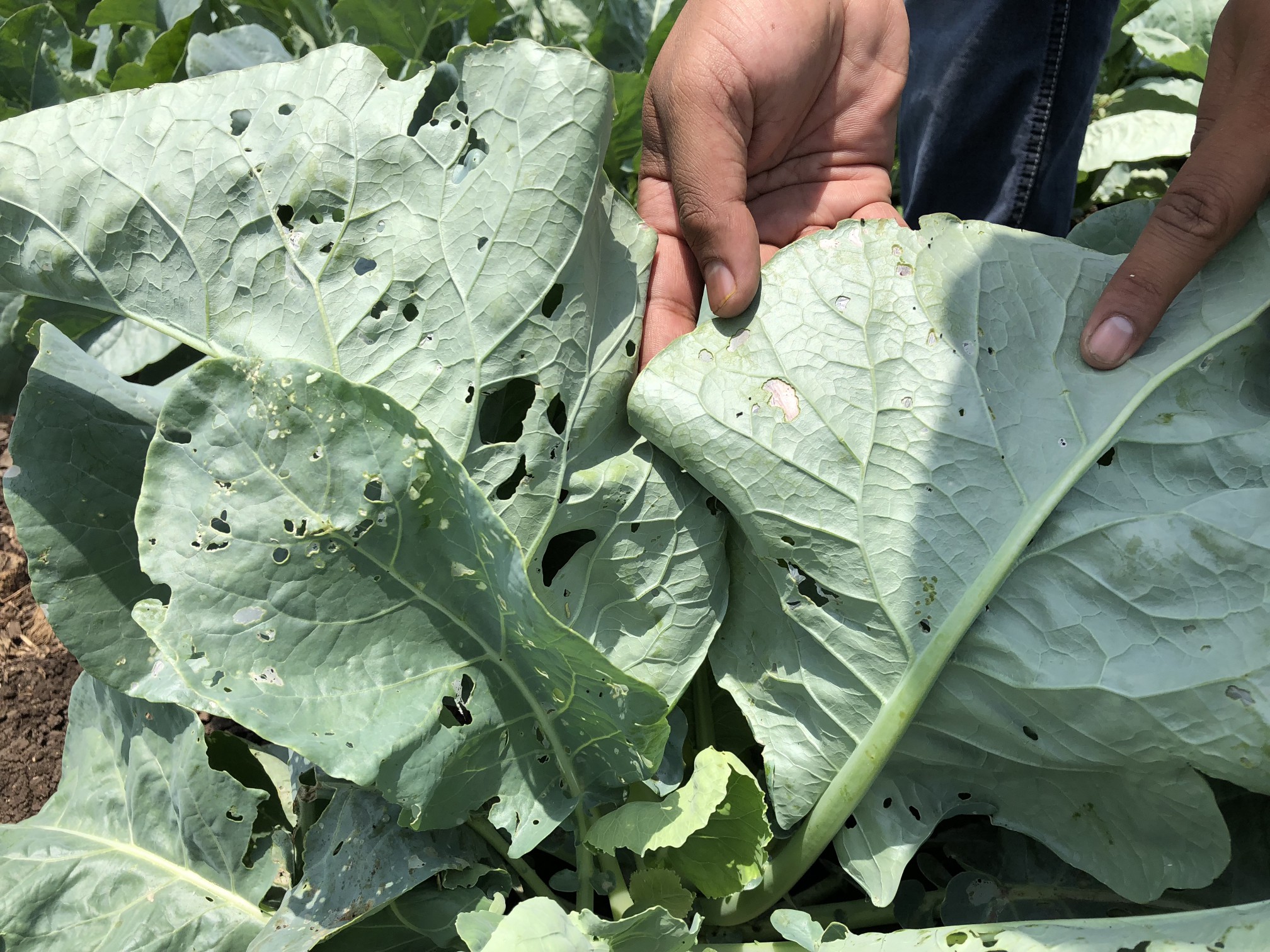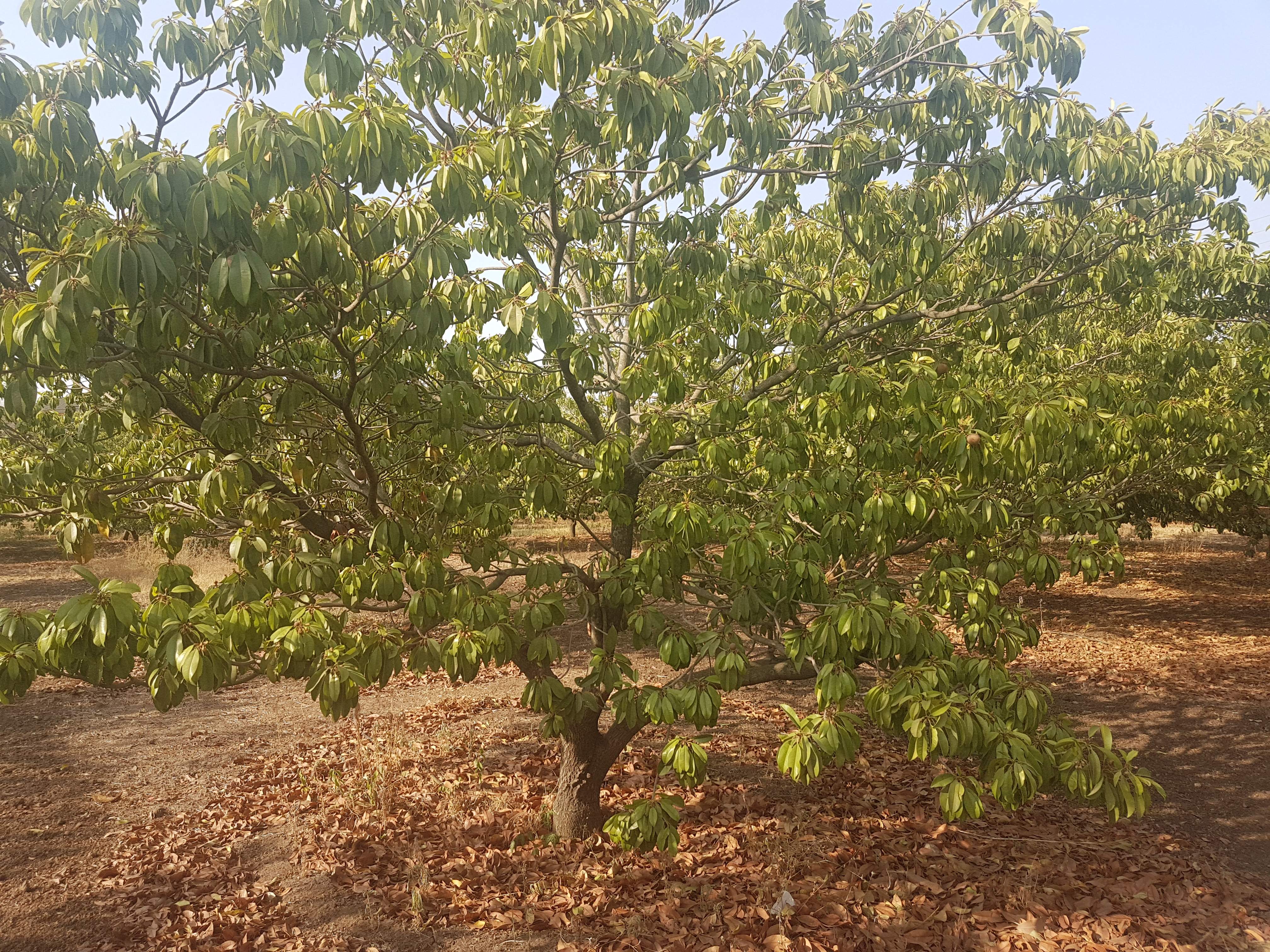Kumi momos (Talk | contribs) |
Atharva2697 (Talk | contribs) |
||
| Line 478: | Line 478: | ||
<h1>Spraying of pesticides</h1> | <h1>Spraying of pesticides</h1> | ||
<p> | <p> | ||
| − | + | The team reviewed the technique of spraying pesticides and weedicides on the plants. Spraying requires a lot of attention and can result in plethora of side-effects. Spraying of weedicide on crop branch renders that branch unproductive. Hence, spraying requires a lot of care and precaution as demonstrated in the video. | |
</p> | </p> | ||
</div> | </div> | ||
| Line 492: | Line 492: | ||
keeping in mind that the release of any genetically engineered machine is completely against iGEM’s | keeping in mind that the release of any genetically engineered machine is completely against iGEM’s | ||
policy, we were certainly intrigued about the regulations, present in India, on the release of GMOs.</p> | policy, we were certainly intrigued about the regulations, present in India, on the release of GMOs.</p> | ||
| + | |||
</div> | </div> | ||
Revision as of 09:48, 12 October 2018
Human Practices
At iGEM Team ICT Mumbai, we interacted with people who would be directly affected by our project in order to identify their problems, review the applicability of our idea and also gauge their reaction and response to the project. Since our project involves engineering a soil bacteria to sense crops, we focused on speaking to farmers and agricultural experts in our country, to determine what problems the agricultural sector faces, and how our project might be used to solve some of these. Read on to find about the discussions and visits that helped shape our project.
Our first visit was to a farm in Satara, a district in the state of Maharashtra.
The original idea of the visit was to obtain data on plant diseases and the common disease preventive measures and the types of chemical fertilizers used in industry. However, the team received far more insights from this visit which led to a change in the main focus of the project.
We found that most farmers use pesticides and fungicides for curative purposes rather than preventive purposes. There is no organic weedicide available. Various different companies such as Indian Farmers Fertilizer Cooperative Limited (IFFCO), Krishak Bharti Cooperative Limited (KRIBHCO) supply fertilizers to farmers via Taluka Sangha (County Council). Because of degrading quality and fertility of soil due to overuse of chemical fertilizers such as NPK, Superphosphate, Urea etc, these companies are being forced by the government to sell biofertilizers along with chemical ones on mandatory basis (Quote by Mr Jambhulkar, representative of IFFCO for Satara District).
This information strengthened our idea because we had a realization that the Indian farmer is not new to the use of live cultures of microbes in field.
Our Second visit was to a farm in Nashik, a city in the state of Maharashtra.
For second field visit, team had discussions with Mrs Anjali Jadhav. She is a proud owner of a huge field in Nashik district of the state of Maharashtra, hosting mangoes (300 trees), chikoo (sapodilla) fruits (300-350 trees), amla (Indian gooseberry) fruits (50 trees), wheat, corn and legumes.
This interview was more focused on the ways that are implemented to tackle the growth of weeds in the field and to receive feedback on our project. Mrs Jadhav is ardent supporter of organic farming. But because of lack of any organic weedicide, even such farmers have to resort on manual uprooting of weeds or spray harmful weedicides in extreme conditions.
As our engineered microbe can inherently distinguish between the crop of interest and the weed, the assimilation of phosphorous in rhizosphere of weeds is automatically shunted. Mrs Jadhav was extremely enthusiastic about our idea as this project highly resembles with her ideology of organic farming. But at the same time she was sceptical about the usefulness and safety of newly developed, genetically modified bacteria. This led us to think about regulations on the use of GMOs in India.
On-field discussion
The team had a brief discussion with Mrs. Jadhav with the aim of learning about the harmful effects of synthetic fertilizers on the labour force that come in direct contact with these. She also explained which precautionary measures need to be taken while spraying these fertilizers.
Our third visit was to a farm in Ale, a small village near Pune city in the state of Maharashtra.
The team visited a small village known as Ale in the district of Pune in Maharashtra state. The aim was to talk to farmers harvesting various different classes of crops and understand the economics of farming on various levels.
According to most of the farmers, fertilizers are the most expensive utility for a particular cycle of farming. Approximately 50-55% of the capital is used up in chemical fertilizers. Farmers are reluctant to use organic fertilizers because of their low yields. This whole debacle of economics is exacerbated by the extreme uncertainty in the prices of vegetables, fruits and other agricultural products in the Indian markets.
The conclusion was, if the capital that is spent in fertilizers is reduced somehow, the volatility in the product prices won’t affect the overall profitability of farmers’ venture. The use of self-sustainable living bacteria for plant nutrition will certainly help in that regard.
Spraying of pesticides
The team reviewed the technique of spraying pesticides and weedicides on the plants. Spraying requires a lot of attention and can result in plethora of side-effects. Spraying of weedicide on crop branch renders that branch unproductive. Hence, spraying requires a lot of care and precaution as demonstrated in the video.
Talk with Experts
While strengthening the base for our project, these visits and interviews put forth many new questions such as economics and regulations. As our idea of use of amplification circuit to increase the efficiency of assimilation of organic phosphorous leads into the realm of biofertilizers, the team decided to get in touch with MiGrow Agro Products, a manufacturer of biofertilizers in India. Also, keeping in mind that the release of any genetically engineered machine is completely against iGEM’s policy, we were certainly intrigued about the regulations, present in India, on the release of GMOs.












